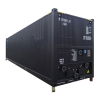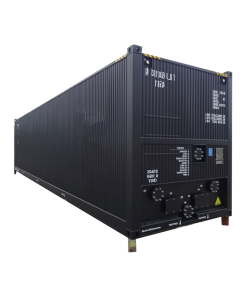| Type | |
|---|---|
| Material | Stainless Steel |
| Loading Capacity | 14KL-22KL |
| Design Pressure | 4 Bar |
| Design Temp | -40℃ to +130℃ |
| M.G.W.: | 36,000 kg |
| Application | Transportation of cars, SUVs, Trucks and mini bus |

Chemical Tank Container
A Chemical Tank Container is a special transport container designed to safely transport solid, liquid or gaseous chemicals. Particular box types that comply with global standards can be used in multi-modal transportation, such as road, rail, and sea transportation, to ensure safety and interoperability on a worldwide scale. Currently, most tank containers are 20 ft and 40ft in size, and most chemical tank containers are T11 type, 20ft. Suitable for various chemicals, such as multiple concentrations of sulfuric acid, methanol, hydrochloric acid, nitric acid, etc.
To ensure the safe transportation of chemicals and the purity of the liquid, tanks are equipped with special linings, insulation layers, ventilation systems and other safety equipment based on the physical and chemical properties of the chemicals. Before transporting, ensure that the container selected is suitable for the specific chemical being transported and that all relevant safety and transport regulations are followed.
Chemical Tank Container Feature
–Standard Container Size
The standard 20ft container strictly designs the size of this tank container to match the container ship perfectly. The volume can be selected according to your own needs, between 14KL-35KL.
–Anti-Corrosion Lining
Chemical Tank material of tank containers is generally made of stainless steel 304 or 316L. When transporting corrosive chemicals, such as sulfuric acid and hydrochloric acid, it is necessary to design an anti-corrosion coating inside the tank. Generally, the coating is made of PE or rubber to prevent chemical reactions between the chemicals and the tank.
–Insulation And Cooling
Some chemicals need to be transported at specific temperatures to ensure the chemical properties of the liquid are more stable, so the tanks are equipped with insulation or heating/refrigeration systems.
–Safety Valve And Ventilation System
The tank is designed to have a certain pressure. The tank has a safety valve, emergency brake valve, and ventilation system to prevent excessive internal pressure or leakage.
–Multi-Modal Transport
Chemical tanks have been recognized by classification societies in many countries, such as BV, LR CCS, ABS, etc., and can be transported worldwide. And it can adapt to various transportation modes, such as road, railway, and sea transportation.
–Top Loading, Bottom Unloading
This tank type is T11. The top loading port of the box is a 500mm diameter aluminium alloy eight-claw manhole cover; the bottom is unloaded. The bottom has a stainless steel 316L unloading valve (3”), and an additional unloading port is reserved. Mouth.
–Liquid level gauge
To make it more convenient for users to measure the flow rate and liquid volume in the tank, equipment such as electronic and float level meters are optional.
–Identification and labelling:
Tanks are marked and labelled to ensure road safety and compliance, indicating their contents, hazard level and other relevant information.
FAQ of Chemical Tank Container
Chemical Tank Container is mainly used to transport various liquid and gaseous chemicals. These include the following categories:
Corrosive Chemicals: such as sulfuric acid, hydrochloric acid, nitric acid, etc.
Flammable liquids: such as petroleum, diesel, alcohol or other organic solvents.
Toxic chemicals include chlorine, ammonia or other harmful gases and liquids.
Oxidizing agents, such as hydrogen peroxide or nitrates.
Other special chemicals, such as frozen liquids, liquid nitrogen, or others, require special handling.
Food-grade liquids: Although primarily used for chemicals, some tank containers can also be used for food-grade liquids, such as cooking oils, juices, or alcohol.
Cleaning chemical tanks is essential, especially when transporting media of different concentrations or types. Cleaning must be thorough, and it is best to use pickling. Before the goods leave the factory, we will provide a detailed pickling report to ensure that the tank is entirely free from contamination before delivery. Regular inspection and maintenance ensure your container’s safety and long life.
The tank material of this tank container is stainless steel 316L, which complies with the transportation standards for food liquids. However, the tank must be thoroughly cleaned before transportation to prevent liquid contamination.









